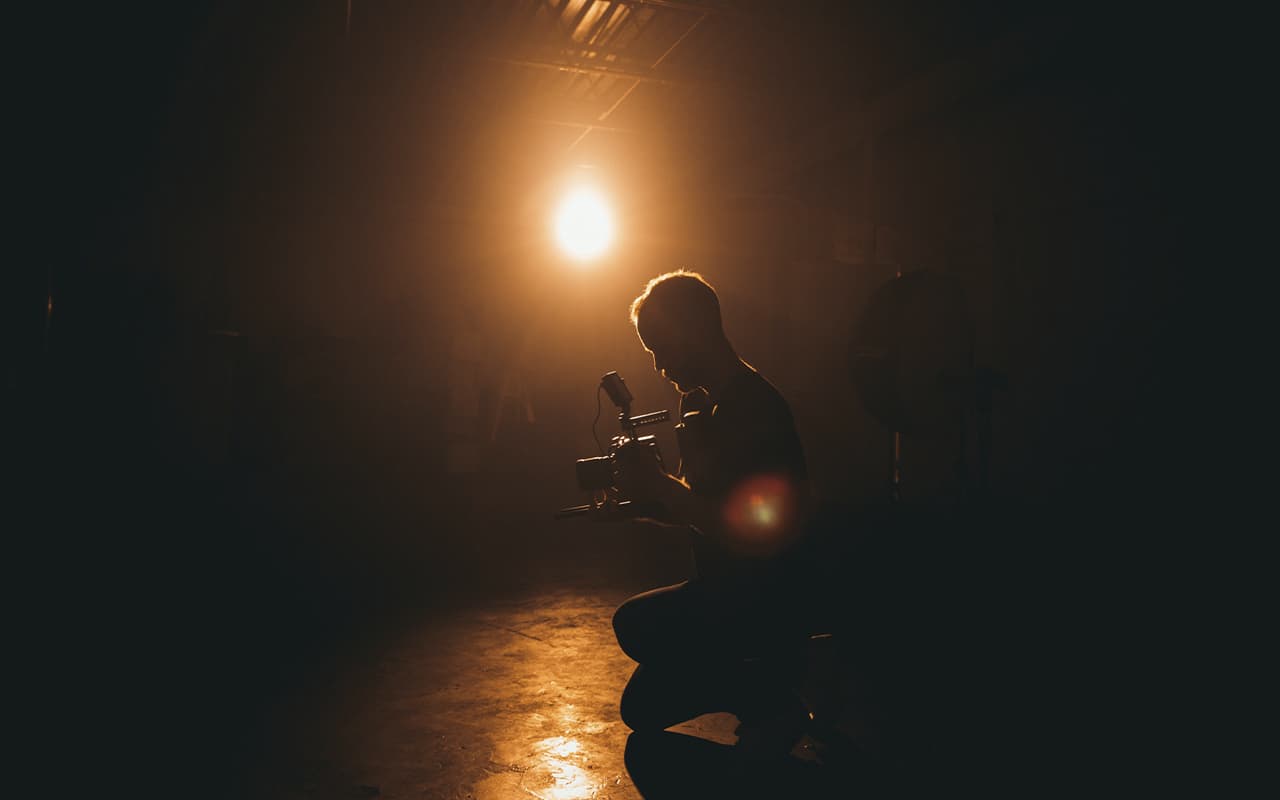After completing the course, you will be able to understand the principles of pulsed light, flash and camera settings, and basic light patterns when working with a model.
Course topics:
Features, types, settings
- Advantages of an external flash
- In what situations you can’t do without flash and how to choose the right location for shooting
- Types and characteristics of external flashes
- What kind of flash is best for your specific tasks and how you can save money.
- The nature of pulsed light
- What is the main difference between pulsed light and constant light.
- Camera settings when working with flash
- What changes in camera settings need to be made and how they affect the final result.
- Combining constant and pulsed light
- How to find a balance between constant and pulsed light in a shot.
- Setting up and controlling external flashes remotely
- What are the basic flash settings and what equipment is needed to control the flash remotely.
- Automatic TTL mode
- How to shoot and use the flash in changing lighting conditions and during reportage.
- High-speed sync mode and curtain shooting
- How to shoot fast motion with the flash and the advantages of using an external flash over studio equipment.
- Types and characteristics of light
- Comparison of natural, studio, and external flash light for portraits.
- Modifying light and using accessories
- Learn how to distinguish between types of light and how to modify it using location elements, tools, and accessories.
Lighting schemes
- Shooting in stray light conditions
- High and low key. Shooting without Photoshop.
- Direct flash shooting, advantages and disadvantages
- Flat and volumetric light. The difference between soft and hard light. The classic principle of soft light construction. Flash and fill light attachments.
- Shooting with flash bounce from the ceiling and wall
- Modifying hard light into soft light. Directionality of light. Test flash light. Shielding the flash from direct hit on the model. Bounce light from the on-camera flash.
- Shooting with a remote flash
- Mounting accessories and synchronizers.
- Shooting with different types of umbrellas and softboxes
- Differences between umbrellas and softboxes. The difference between studio equipment and working with an external flash.
- Shooting with two flashes
- The algorithm of settings. Using color filters, backlighting, background lighting, and stencils.
- Take pictures with a reflector in the light (frosted frame)
- Direct light and control background lighting from a single light source. Use filters to adjust the color balance of the background and subject.
- Shooting with a bounce reflector
- Dark background, light background with backlight and softbox.
- Subject shooting against a dark background with backlight
- Distance to the light source and exposure difference when shooting large subjects and group photos.
